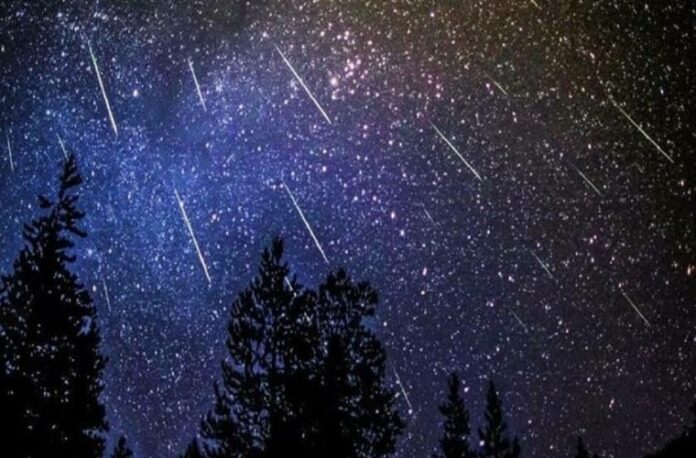The Qatar Calendar House stated that the residents of the northern hemisphere, including the residents of the State of Qatar, will be seeing and observing the Eta Aquarius meteor shower this year. It will reach its climax on the evening of Thursday, 4 Shawwal 1443 AH, corresponding to May 5, 2022, and will extend until the dawn of the next day.
Dr. Bashir Marzouk (the astronomer expert at the Qatar Calendar House) explained that the Eta Aquarius meteor shower is one of the distinctive meteor showers. This is because the rate of its fall into the sky at its peak reaches 50 meteors per hour, according to the estimation of astronomers specializing in meteor observation, and that it is active annually during the period from April 19 to May 28 of each year, while its peak reaches between the fifth and sixth days from May every year.
He added that the Eta Aquarius meteor shower will have a good chance this year since the moon will not be present in the sky at the time of its observation on Thursday evening, because the moon of the month of Shawwal will be in the phase of the increasing crescent, indicating that monitoring meteor showers requires only a place far from environmental and light pollution. Therefore, the residents of the State of Qatar and the countries of the Arab region will be able to observe and see the Eta Aquarian meteor shower without the need for astronomical devices or telescopes; As they can see and monitor it with the naked eye starting from Thursday evening, until dawn on Friday, by looking towards the southeast horizon from the sky of each country, and modern digital cameras can be used to obtain pictures of it, taking into account the increase in exposure time during filming to obtain distinctive images.
Dr. Bashir Marzouk said that the famous “Haley” comet is the source of the Eta Aquarius meteor shower when the Earth moves in its orbit around the sun and passes near the dust grains left by the comet during the month of May of each year, and these grains intersect with the Earth’s atmosphere, and occur A twinkle is seen in the sky of the globe; Knowing that the phenomenon of meteors, in general, occurs as a result of the Earth’s passage near the fine debris and dust grains left by the particles of comets.
It is noteworthy that the famous Halley’s Comet visits the Earth every 76 years (that is, it can be monitored from the surface of the Earth every 76 years), the last of which was in 1986 AD, while its next visit to Earth will be during the year 2062 AD.
Source and cover image credit: QNA
Follow us on our social media channels:
@ILQlive
@ILQlive
@ILoveQtr
ILoveQatar









